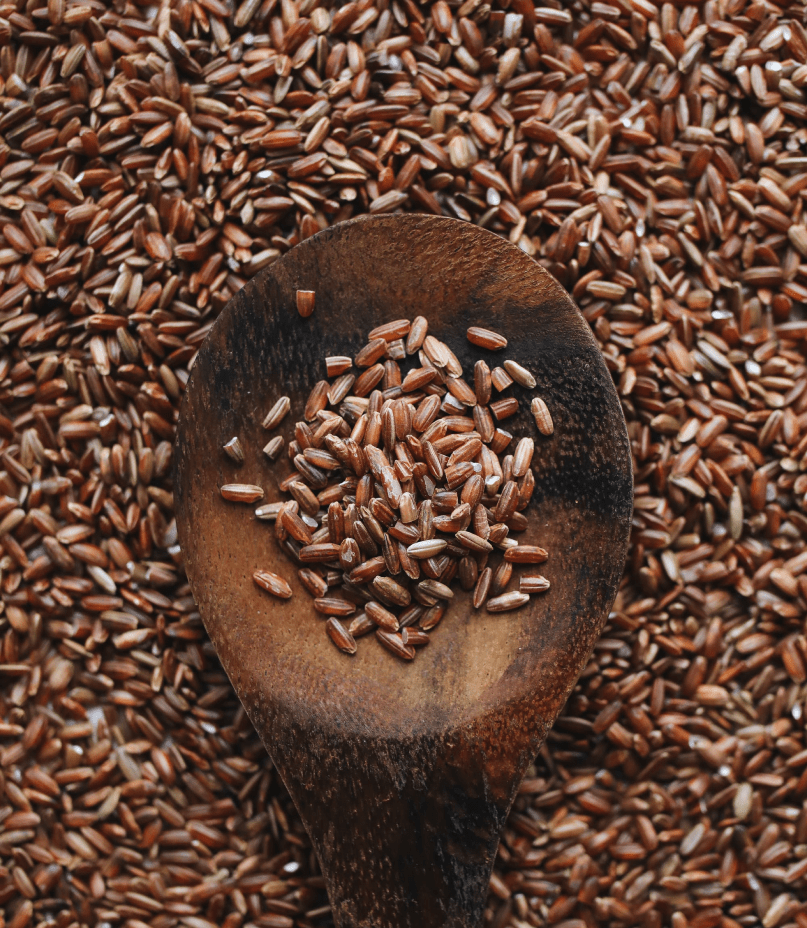Resources
Doctor approved. Evidence-based advice. Healthier, happier you.
What is Fiber?
Fiber is a type of carbohydrate found in plant foods. Unlike other carbohydrates, the body can’t digest fiber. Instead, fiber passes through the digestive tract, performing other important functions for the body. Plant foods contain two helpful types of fiber—soluble and insoluble.
Soluble Fiber
This type of fiber dissolves in water to form a gel, which slows the digestion of food. Soluble fiber serves as food for the helpful bacteria in the gut, improving the composition and diversity of the gut microbiome. Soluble fiber can also lower blood sugar and cholesterol.
Good food sources of soluble fiber include apples, artichokes, asparagus, bananas, barley, beans, berries, broccoli, Brussels sprouts, dark leafy greens, legumes, lentils, nuts, oats, oranges, pears, peppers, and squash.
Insoluble Fiber
This type of fiber absorbs water, but does not dissolve. It helps move food and waste through the digestive system, which promotes regular bowel movements and prevents constipation.
Good food sources of insoluble fiber include beans, bran, carrots, cucumbers, legumes, nuts, seeds, tomatoes, and whole grains.

Not eating enough fiber can contribute to imbalanced blood sugars, digestive symptoms, high cholesterol, and even hormonal imbalances. On the other hand, a diet high in fiber reduces the risk of heart disease, diabetes, cancer, hemorrhoids, irritable bowel syndrome (IBS), and many other chronic health conditions.
In order to get the full benefits of fiber, plant foods must be eaten in their whole form, or close to their whole form. While fresh fruit and vegetable juices contain vitamins and minerals, they do not contain the beneficial fiber found in their whole food form.
Increasing Your Fiber Intake
It is generally recommended that adults eat about 25-35 grams of fiber per day from food. However, most adults in the U.S. consume about half that amount. To increase your intake of fiber, try these tips:
- Aim to eat 5-10 servings of fresh vegetables per day.
- Incorporate fresh, whole fruits and vegetables into every meal and snack.
- Choose whole grain rice, breads, and pastas instead of products made with refined or white flour.
- Get creative. If a recipe calls for animal protein, try making the dish with beans or legumes instead. This works well with chili, soups, and stews.
- Swap juices for smoothies, using the same ingredients. The taste will be similar, and the fiber lost during the juicing process will be blended into the smoothie.
References
- Reynolds A, Mann J, Cummings J, Winter N, Mete E, Te Morenga L. Carbohydrate quality and human health: a series of systematic reviews and meta-analyses. Lancet. 2019;393(10170):434-445. doi:10.1016/S0140-6736(18)31809-9.
- Veronese N, Solmi M, Caruso MG, et al. Dietary fiber and health outcomes: an umbrella review of systematic reviews and meta-analyses. Am J Clin Nutr. 2018;107(3):436-444. doi:10.1093/ajcn/nqx082.
- Deehan EC, Duar RM, Armet AM, Perez-Muñoz ME, Jin M, Walter J. Modulation of the gastrointestinal microbiome with nondigestible fermentable carbohydrates to improve human health. Microbiol Spectr. 2017;5(5):10.1128/microbiolspec.BAD-0019-2017. doi:10.1128/microbiolspec.BAD-0019-2017.